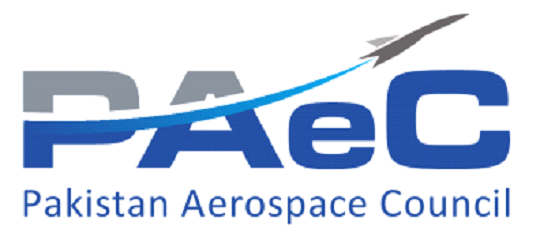Strange metals have surprising connections to high-temperature superconductors and black holes.
Even by the standards of quantum physicists, strange metals are just plain odd. The materials are related to high-temperature superconductors and have surprising connections to the properties of black holes. Electrons in strange metals dissipate energy as fast as they’re allowed to under the laws of quantum mechanics, and the electrical resistivity of a strange metal, unlike that of ordinary metals, is proportional to the temperature.
Generating a theoretical understanding of strange metals is one of the biggest challenges in condensed matter physics. Now, using cutting-edge computational techniques, researchers from the Flatiron Institute in New York City and Cornell University have solved the first robust theoretical model of strange metals. The work reveals that strange metals are a new state of matter, the researchers report July 22 in the Proceedings of the National Academy of Sciences.
“The fact that we call them strange metals should tell you how well we understand them,” says study co-author Olivier Parcollet, a senior research scientist at the Flatiron Institute’s Center for Computational Quantum Physics (CCQ). “Strange metals share remarkable properties with black holes, opening exciting new directions for theoretical physics.”

A diagram showing different states of matter as a function of temperature, T, and interaction strength, U (normalized to the amplitude, t, of electrons hopping between sites). Strange metals emerge in a regime separating a metallic spin glass and a Fermi liquid.
In the quantum mechanical world, electrical resistance is a by-product of electrons bumping into things. As electrons flow through a metal, they bounce off other electrons or impurities in the metal. The more time there is between these collisions, the lower the material’s electrical resistance.
Models of strange metals have existed for decades, but accurately solving such models proved out of reach with existing methods. Quantum entanglements between electrons mean that physicists can’t treat the electrons individually, and the sheer number of particles in a material makes the calculations even more daunting.
Cha and his colleagues employed two different methods to crack the problem. First, they used a quantum embedding method based on ideas developed by Georges in the early ’90s. With this method, instead of performing detailed computations across the whole quantum system, physicists perform detailed calculations on only a few atoms and treat the rest of the system more simply. They then used a quantum Monte Carlo algorithm (named for the Mediterranean casino), which uses random sampling to compute the answer to a problem. The researchers solved the model of strange metals down to absolute zero (minus 273.15 degrees Celsius), the unreachable lower limit for temperatures in the universe.
The resulting theoretical model reveals the existence of strange metals as a new state of matter bordering two previously known phases of matter: Mott insulating spin glasses and Fermi liquids. “We found there is a whole region in the phase space that is exhibiting a Planckian behavior that belongs to neither of the two phases that we’re transitioning between,” Kim says. “This quantum spin liquid state is not so locked down, but it’s also not completely free. It is a sluggish, soupy, slushy state. It is metallic but reluctantly metallic, and it’s pushing the degree of chaos to the limit of quantum mechanics.”
The new work could help physicists better understand the physics of higher-temperature superconductors.
Source
 Dr. Arshad completed PhD studies in Electrical Engineering from University of Pittsburgh, USA in 1992. His academic association spreads over 35 years of teaching/research at institutions of national repute. He served as Executive Director HEC, Rector National Textile University Faisalabad and also established Systems Research Institute at Rawalpindi, Hamdard University Faisalabad Campus, and NUST Institute of IT Rawalpindi/Islamabad reseña. He spear headed the research team for developing distributed computing applications in collaboration with, Stanford USA, Caltech USA and Center for European Nuclear Research (CERN) Geneva, Switzerland. This research effort helped NUST in attaining “CMS-CERN Associate Institute” status, a unique distinction for a Pakistani university. His active partnership helped in attracting USD 2.75 Mil NSF Grant through Stanford University USA, Caltech USA, CERN Geneva, Keyung Hee University Seoul Korea and over 12.0 Mil Euro joint research funding with EU Universities from European Union.
Dr. Arshad completed PhD studies in Electrical Engineering from University of Pittsburgh, USA in 1992. His academic association spreads over 35 years of teaching/research at institutions of national repute. He served as Executive Director HEC, Rector National Textile University Faisalabad and also established Systems Research Institute at Rawalpindi, Hamdard University Faisalabad Campus, and NUST Institute of IT Rawalpindi/Islamabad reseña. He spear headed the research team for developing distributed computing applications in collaboration with, Stanford USA, Caltech USA and Center for European Nuclear Research (CERN) Geneva, Switzerland. This research effort helped NUST in attaining “CMS-CERN Associate Institute” status, a unique distinction for a Pakistani university. His active partnership helped in attracting USD 2.75 Mil NSF Grant through Stanford University USA, Caltech USA, CERN Geneva, Keyung Hee University Seoul Korea and over 12.0 Mil Euro joint research funding with EU Universities from European Union.








